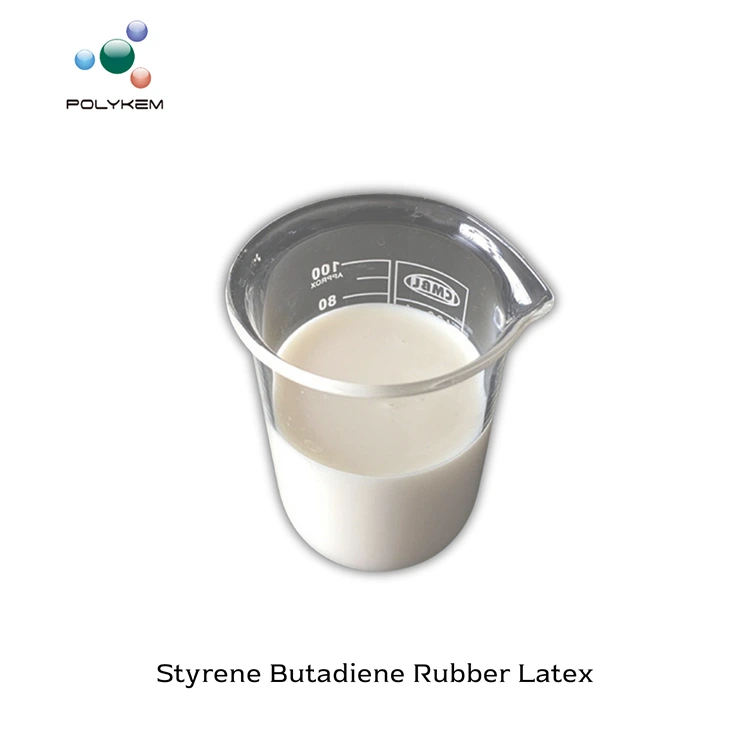The application of Synthetic Rubber in house building
2025-05-07
Synthetic rubber is used in various aspects of house building due to its durability, flexibility, and resistance to weather, chemicals, and temperature extremes. Here are the key applications of synthetic rubber in construction:
1. Sealants and Caulks
Application: Used to seal joints and gaps in windows, doors, and between different building materials.
Benefit: Provides airtight and watertight seals, resists cracking due to movement or temperature changes.
Types: EPDM (ethylene propylene diene monomer) and butyl rubber are commonly used.
2. Roofing Membranes
Application: EPDM rubber is often used for flat or low-slope roofing.
Benefit: Long-lasting (20–30 years), UV-resistant, and flexible across temperature extremes.
3. Waterproofing Membranes
Application: Used in foundations, basements, bathrooms, and balconies to prevent water ingress.
Benefit: High elasticity allows it to bridge small cracks and resist hydrostatic pressure.
4. Sound and Vibration Dampening
Application: Used in flooring systems, wall underlays, and around HVAC equipment.
Benefit: Reduces noise transmission and dampens vibrations, improving comfort in the home.

5. Window and Door Gaskets
Application: EPDM and silicone rubber gaskets ensure tight seals in frames.
Benefit: Enhances insulation and weatherproofing.
6. Expansion Joint Fillers
Application: Used in concrete floors, driveways, and walls to allow for thermal expansion and contraction.
Benefit: Prevents cracking and maintains structural integrity.
7. Flooring Underlays
Application: Rubber underlayments beneath hardwood or laminate flooring.
Benefit: Improves impact sound insulation and provides a moisture barrier.
8. Electrical Insulation
Application: Synthetic rubber (like neoprene) is used in wire and cable jacketing.
Benefit: Offers good insulation, flexibility, and flame resistance.
If you are interested in our products or have any questions, please feel free to contact us and we will reply you within 24 hours.